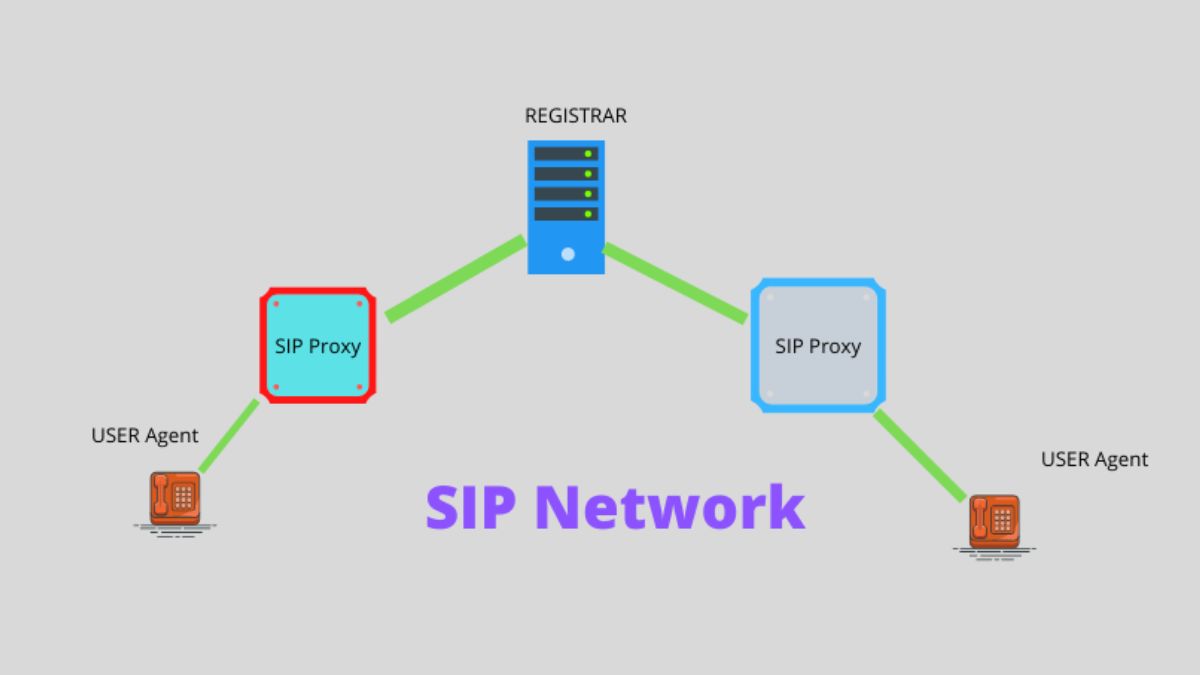Welcome to the dynamic world of SIP networks, where digital communication takes center stage. In this article, we embark on a journey through the intricacies of SIP networks, exploring their significance, functionality, and real-world applications. Whether you’re a tech enthusiast or just curious about how we stay connected in the digital age, you’re in for a fascinating ride.
The SIP Network Unveiled
At its core, a SIP trunk network is the backbone of modern voice and multimedia communication. SIP, short for Session Initiation Protocol, is a versatile and powerful technology that underpins various aspects of our digital interactions. But what exactly is SIP, and how does it work?
A Protocol for Communication
SIP is a protocol that facilitates real-time communication over the internet. It acts as the conductor of the digital orchestra, orchestrating the setup, management, and teardown of communication sessions. These sessions can range from voice and video calls to instant messaging and multimedia conferencing.
The First Step: Session Initiation
Picture this: You pick up your smartphone, open a messaging app, and send a voice message to a friend halfway across the world. Behind the scenes, SIP is at work. It initiates the session by sending a message to your friend’s device, indicating your intent to communicate.
The Digital Handshake
Once your friend’s device receives the message, a digital handshake occurs. SIP ensures that both devices agree on the communication parameters, such as the audio and video codecs to be used. This ensures that your voice message is clear and your video call is crisp.
SIP in Action: Real-Life Scenarios
SIP networks are not just theoretical concepts; they are an integral part of our daily lives. Let’s explore some real-world scenarios where SIP plays a crucial role:
Scenario 1: The Video Conference
In the era of remote work and global collaboration, video conferencing has become the norm. SIP enables seamless video conferences, connecting colleagues from different corners of the world. Whether it’s a boardroom meeting or a virtual family reunion, SIP ensures that everyone can join the conversation with ease.
Scenario 2: VoIP Calls
Voice over Internet Protocol (VoIP) calls are a cost-effective and efficient way to communicate. SIP powers VoIP, allowing you to make international calls, conduct business meetings, or catch up with loved ones, all through an internet connection.
Scenario 3: Instant Messaging
When you send a text or voice message through your favorite messaging app, SIP is working behind the scenes. It ensures that your message reaches its destination, and if your friend is available, SIP establishes a real-time conversation.
SIP Networks: The Evolution
SIP networks have come a long way since their inception. Let’s take a quick journey through their evolution:
The Early Days: Simplicity and Voice
In the early days of SIP, its primary focus was on voice calls. It allowed users to make and receive calls over the internet, challenging traditional telephony. This marked the beginning of the transition from landlines to digital communication.
Expanding Horizons: Multimedia Communication
As technology advanced, so did SIP. It expanded its capabilities to support multimedia communication. This meant that in addition to voice calls, SIP networks could handle video calls, instant messaging, and multimedia sharing.
The Modern Landscape: Ubiquitous Connectivity
Today, SIP networks are the driving force behind our interconnected digital world. They seamlessly integrate with various applications, devices, and services, making it possible to communicate across platforms effortlessly.
Challenges and Innovations
While SIP networks have revolutionized communication, they are not without challenges. Let’s explore some of the obstacles and innovations in the world of SIP:
Security Concerns
As with any digital technology, security is a paramount concern in SIP networks. Ensuring the privacy and integrity of communication sessions requires robust encryption and authentication measures.
Interoperability
With the proliferation of devices and services, ensuring that SIP-enabled systems can communicate with one another is vital. Standardization and interoperability testing are ongoing efforts to maintain seamless connections.
SIP Networks: A Glimpse into the Future
What does the future hold for SIP networks? The possibilities are boundless. Here are some exciting developments on the horizon:
Enhanced Multimedia Experiences
SIP networks will continue to enhance multimedia experiences, enabling immersive virtual reality (VR) and augmented reality (AR) applications. Imagine attending a holographic business meeting or exploring a virtual museum tour—all made possible by SIP.
IoT Integration
The Internet of Things (IoT) is poised to become even more integrated with SIP networks. This means that your smart home devices, wearable technology, and connected cars will communicate seamlessly, creating a truly interconnected digital ecosystem.
Conclusion
In conclusion, SIP networks are the unsung heroes of our digital age. They facilitate our conversations, power our video calls, and connect us with the world. As we move forward, the evolution of SIP networks will continue to shape the way we communicate and interact. Whether you’re making a VoIP call, joining a video conference, or sending a text message, SIP is the invisible force that ensures your message reaches its destination. So, the next time you connect with a friend, colleague, or loved one, take a moment to appreciate the technology that makes it all possible—the SIP network.











